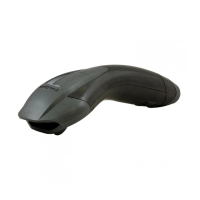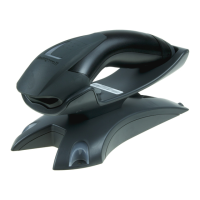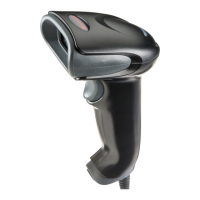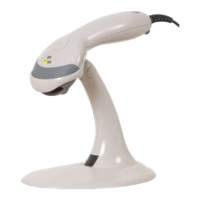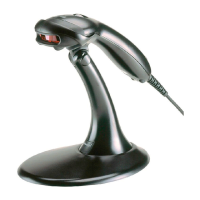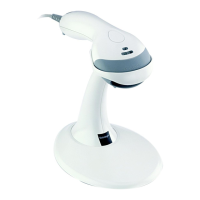Voyager 1602g User Guide 31
RS232 Receiver Time-Out
The unit stays awake to receive data until the RS232 Receiver Time-Out expires. A
scan button push or serial trigger command resets the time-out. When an RS232
receiver is sleeping, a character may be sent to wake up the receiver and reset the
time-out. A transaction on the CTS line will also wake up the receiver. The receiver
takes 300 milliseconds to completely come up. Change the RS232 receiver time-
out by scanning the barcode below, then scanning digits from the Programming
Chart, then scanning Save. The range is 0 to 300 seconds. Default = 0 seconds (no
time-out - always on).
RS232 Handshaking
RS232 Handshaking allows control of data transmission from the scanner using
software commands from the host device. When RTS/CTS is turned Off, no data
flow control is used.
Flow Control, No Timeout: The scanner asserts RTS when it has data to send, and
will wait indefinitely for CTS to be asserted by the host.
Two-Direction Flow Control: The scanner asserts RTS when it is OK for the host to
transmit. The host asserts CTS when it is OK for the device to transmit.
Flow Control with Timeout: The scanner asserts RTS when it has data to send and
waits for a delay (see RS232 Timeout on page 32) for CTS to be asserted by the
host. If the delay time expires and CTS is not asserted, the device transmit buffer is
cleared and scanning may resume. Default = RTS/CTS Off.
8 Data, 1 Stop, Parity Odd
8 Data, 1 Stop, Parity Mark
Two-Direction Flow Control
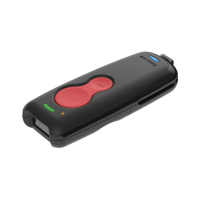
